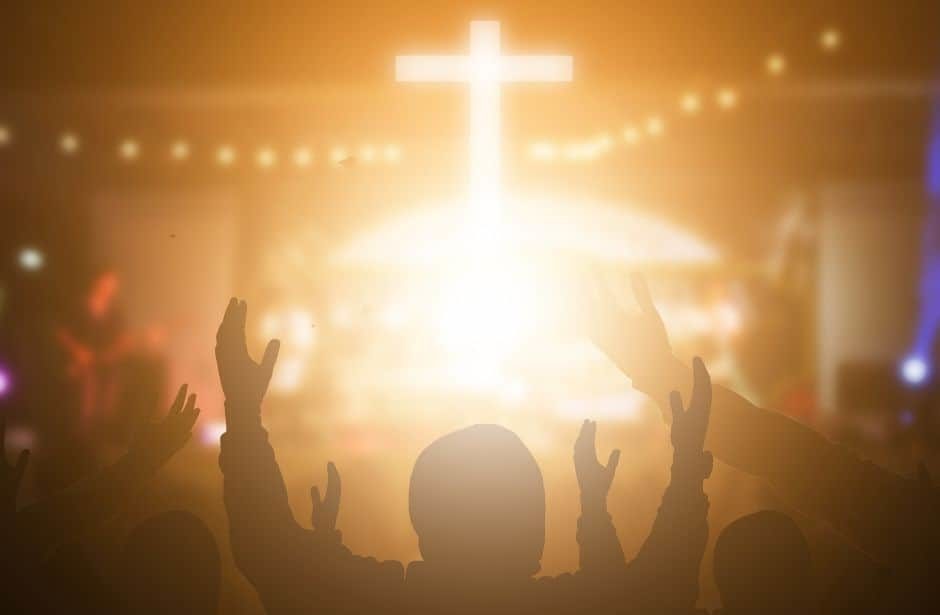If anything good can be said of the pandemic, perhaps it will precipitate a strategic reset which the Church at large has been needing for some time. It is no secret that over the last 40 years churches have gotten larger and larger as the metrics of church success were directly tied to the size of congregation. That is not necessarily a bad thing. The presupposition was that if you could get a person inside the doors of the church, then the likelihood of creating a new Christian would increase. As pastors and Christian leaders embraced that thought, Church growth conferences abounded as these leaders flocked to such events eager to learn the “secret sauce” of growing a mega-church. Church planting efforts exponentially skyrocketed as young couples learned the pragmatic templates for creating the next super ministry. Bigger is better we were told, because every nose and number was a soul for which Christ died.
It was hard to argue initially with much of that logic. The Bible and Church history certainly have examples of large gatherings and churches. The Church was birthed in the book of Acts in a few short weeks, by some estimates, with over 12,000 people. God is not predisposed to be against numbers and size apparently.
That said, after a generation of using such metrics for success, the answers have arrived concerning what we have been producing in the 21st century American Church. I was reading a recent article citing the Barna Group who does worldview research in the Church on a yearly basis. Barna calls this research the “most sophisticated nationwide survey of worldview conducted in the United States.” The assessment is based on 51 worldview questions, examining both beliefs and behavior, which were provided to a nationally representative sample of 2,000 adults.
The results include the following:
* Although 7 out of 10 Americans consider themselves to be Christian, just 6% actually possess a biblical worldview.
* Just one-fifth of those attending evangelical Protestant churches (21%) have a biblical worldview, as compared to one-sixth of those attending charismatic or Pentecostal churches (16%). The study finds even smaller proportions in mainline Protestant (8%) or Catholic (1%) churches.
* The number of American adults holding a biblical worldview has declined by 50% over the past 25 years.
* Regarding the youngest adult generation, the numbers are even more startling. A mere 2% of those 18 to 29 years old possess a biblical worldview.
We may be growing some of the largest churches in modern history, but the question has to be asked, “What kind of churches are they?”
Apparently, not orthodox, evangelical churches anchored to the historic Christian faith. We may be creating growing organizations that are using the label, “church’, but is our label an accurate depiction of what actually exists? The statistics seem to say, no.
The issue we face today is not the value or benefit of the size of a church, but rather the fidelity of the church. It’s time we changed the metrics from numbers to substance. Let me suggest something potentially even more radical. Perhaps we should have a moratorium on evangelism and outreach and consider the concept of preservation.
What are we doing to preserve the historic, orthodox, evangelical Christian Faith both corporately in our churches as well as in our families? I know that twenty years ago I would be ridiculed and dismissed for suggesting such an inward focus. The problem is, if we don’t focus on what is going on inwardly, there will be nothing outwardly of any true or lasting value.
Is there a plan or strategy to actually produce Christians that will maintain their faith in the coming years of adversity? Or will we, as Rod Dreher suggests in his book, The Benedict Option, “content ourselves to be chaplains to a consumerist culture that has fast lost its sense of what it means to be a Christian”.
It is inarguable that Christianity is no longer the prevailing ideology in America. We can no longer assume that any church attendee is grounded with a faith that will sustain them, much less their family tree, with the changes that are headed our way. We simply cannot wait for the day when our omnipotent government tells us that we can lose our masks and open our buildings only to return to business as usual.
If you believe in the numerical metrics that Barna reports, then you realize that a return to business as usual will be the death rattle of the church in the West.
The good news is that there are pastors who are “getting” the season that has been thrust upon them. Their number needs to increase swiftly and exponentially, not in the next years, but the next months. If you are a pastor reading this article, or a concerned Christian layperson, then begin today to formulate your plan to begin building a resilient Christian church and family, not only for your own sake, but for the sake of a nation that needs real deal Christians and not slick substitutes. It is time to reclaim the true faith in America.
And who knows, perhaps these will be the ones that history records as the foundation of true renewal.
I would say, that’s a definition of real success.
















